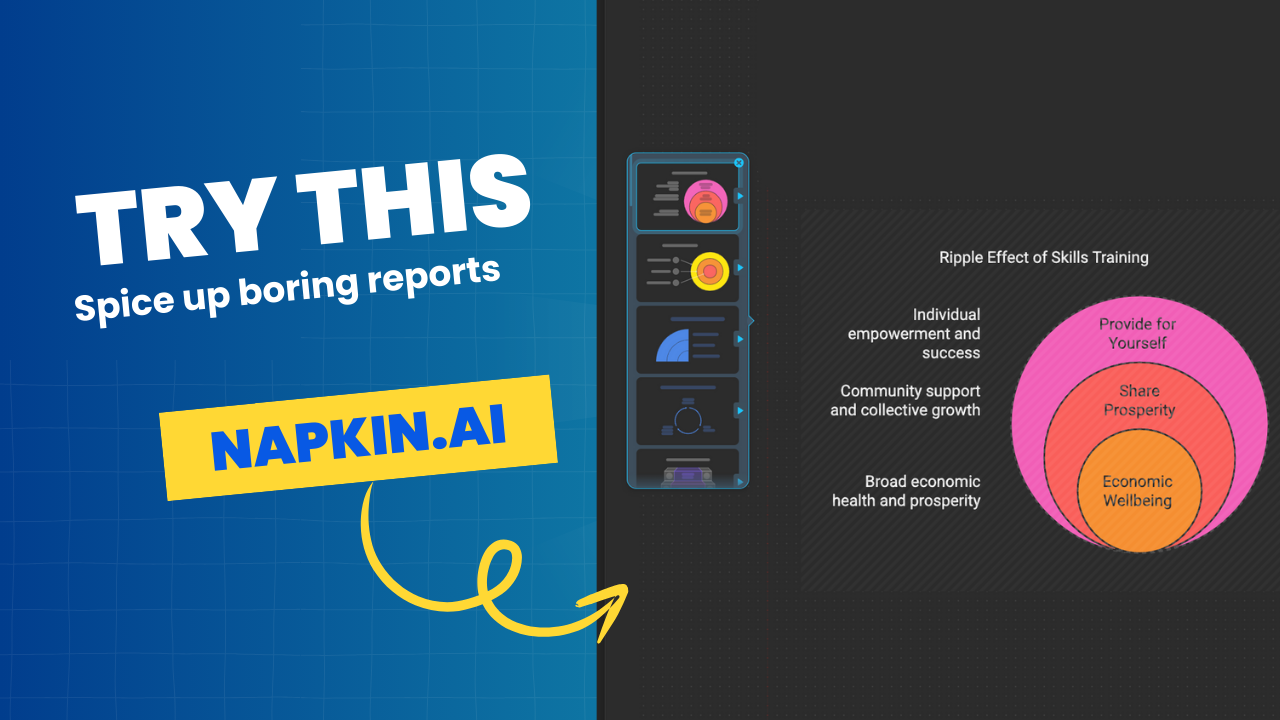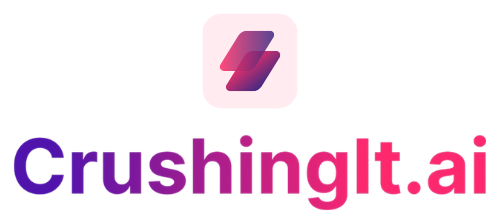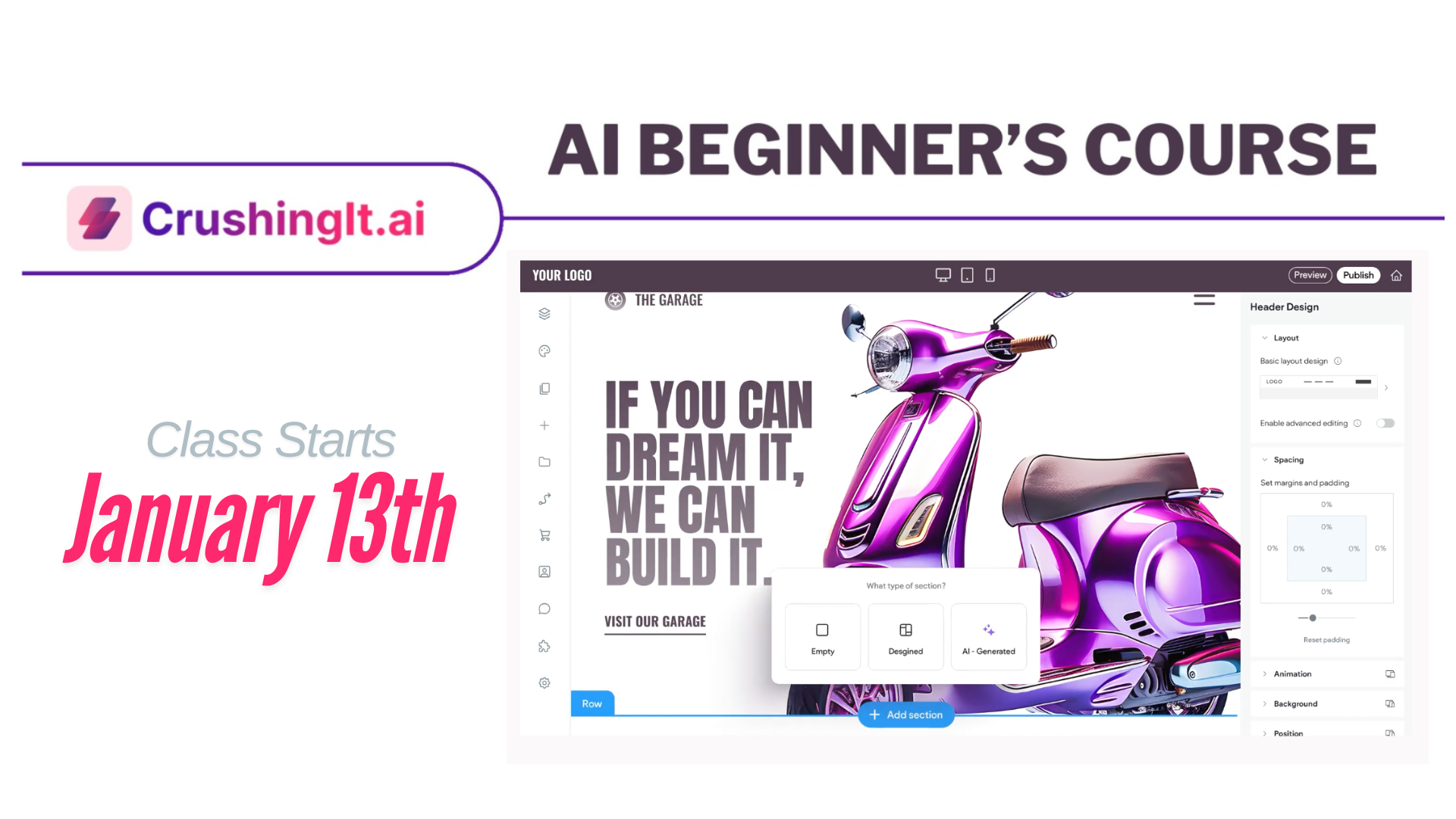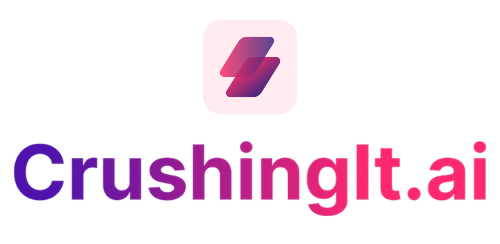The Future of AI: Will It Replace Traditional Webpages?
The idea of AI applications replacing traditional webpages as the primary interface for accessing online information is fascinating and intricate. Although there isn't a definitive timeline for this transition, we can analyze factors like technological advancements, user adaptation, business practices, and regulatory concerns.
Factors Influencing the Transition
Technological Development
AI technology must evolve to handle complex queries reliably and access a vast range of data securely. This requires advancements in
- Natural Language Processing (NLP) is AI understanding and responding to user queries.
- Machine Learning (ML): To improve AI performance through data.
- Data Security: Ensuring user data is handled securely to prevent breaches.
- Integration Capabilities: Ability to access and combine data from various sources.
User Adoption
The shift to AI-driven interfaces requires a significant change in how users interact with digital content:
- Tech-Savvy Demographics: Younger and more tech-savvy individuals may adapt quickly to AI interfaces.
- Changing long-established user habits and preferences will cause widespread adoption to take longer.
Business Adaptation
Companies need to prioritize AI over traditional web designs to rethink their digital presence:
- Businesses might integrate AI to enhance user experience while maintaining traditional sites.
- Evaluation Period: Companies carefully evaluate the benefits and drawbacks before fully committing to AI-driven platforms.
Regulatory and Privacy Concerns
Handling personal data through AI poses significant privacy risks:
- Data Protection Regulations: Laws like GDPR will shape how AI deployment to protect user data.
- User Trust: AI systems must be transparent and trustworthy to gain acceptance.
Economic Factors
Developing and maintaining sophisticated AI systems requires substantial investment:
- Cost-Benefit Analysis: Businesses need to weigh the costs of AI implementation against potential benefits in efficiency and user engagement.
- ROI: Sustainable adoption depends on clear economic advantages.
Speculative Timeline and Progression
Short-term (1-3 years)
Expect continued development of AI chatbots for basic customer service and predefined information:
- Enhanced Experience: AI will complement traditional websites by improving the user experience.
- Early AI interfaces will have limited capabilities and predefined datasets.
Medium-term
Sophisticated AI systems could handle complex queries and integrate with backend systems:
- AI may become the main information interface for certain businesses or industries.
- AI will become more deeply integrated with digital systems: Increased Integration.
Long-term (10+ years)
AI interfaces could replace traditional websites for many businesses:
- AI could offer a more personalized, efficient, and secure user experience than traditional websites.
- Widespread Adoption: By this stage, AI may become the norm for digital interactions, assuming technological and societal barriers are overcome.
Conclusion
The shift from traditional webpages to AI-driven interfaces for online information retrieval is an ongoing evolution, not an abrupt change. It involves advancements in technology, shifts in user behavior, and business adaptations. The gradual move towards AI-integrated interfaces seems inevitable, but the complete replacement of traditional webpages is still debated and speculative. This would require a significant change in technology and societal norms regarding digital interactions.
By keeping an eye on these developments, businesses and individuals can better prepare for the future of online information access.
You + AI




